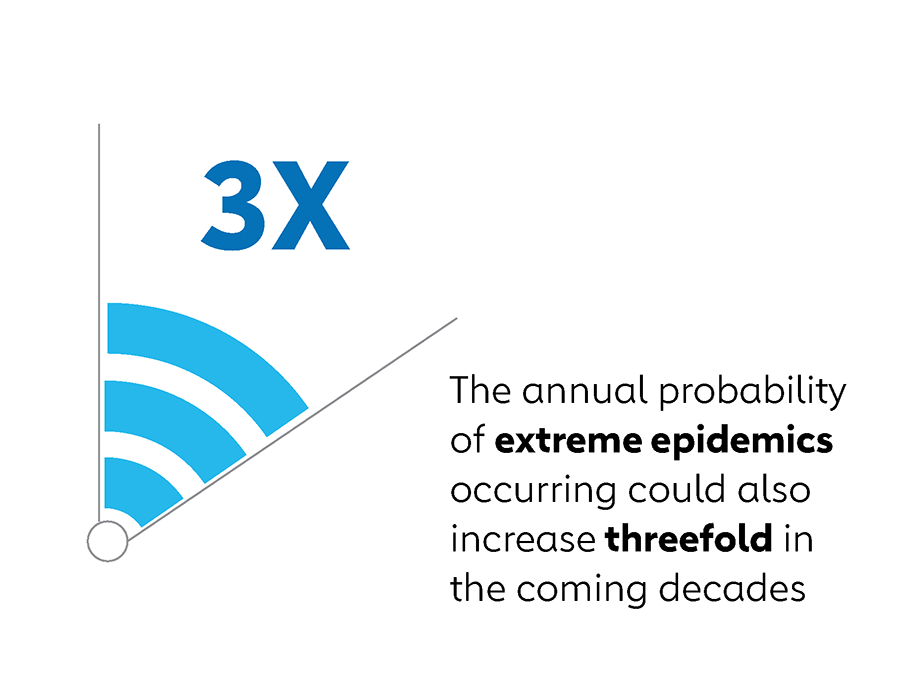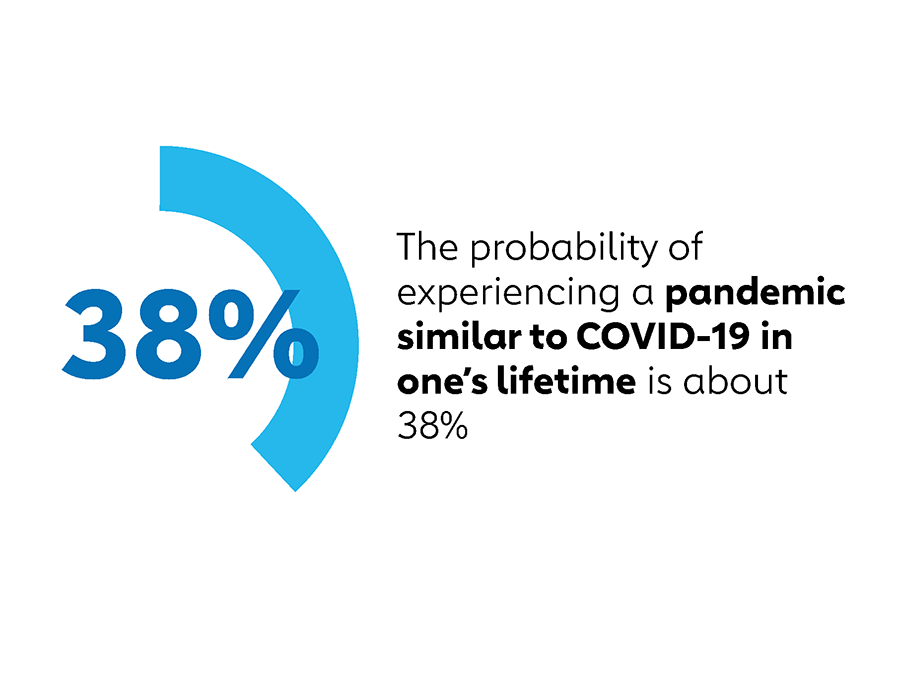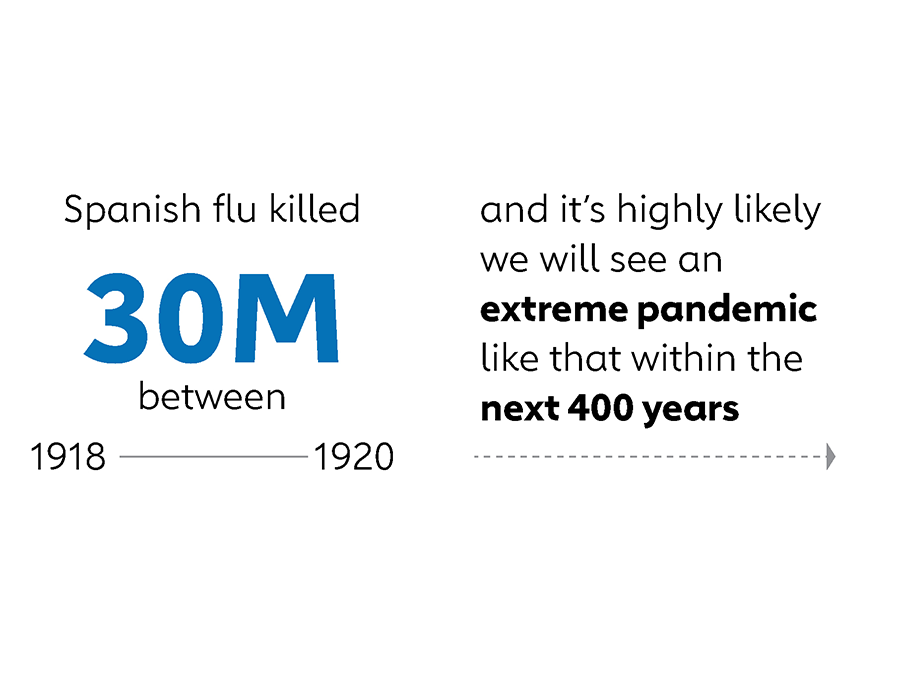New study suggests risk of extreme pandemics like COVID-19 could increase threefold in coming decades
Researchers estimate we currently face a 2% chance of a COVID-19-like pandemic in any given year. Climate change is increasing this risk.
- 5 September 2022
- 3 min read
- by Priya Joi

For many of us since the COVID-19 pandemic started, life may feel forever segmented into before and after the cataclysmic event that has meant nothing will ever be the same again. But scientists have long been warning of such an event. Now the statistics seem to show that not only are pandemics likely to happen, the probability of one is only going to rise.
It’s true that this was probably the first time that most of the world experienced strict lockdowns, mobility restrictions and quarantines at the same time, but in just the past few decades we have seen similar measures undertaken regionally, for instance with the SARS outbreak in 2003.
A new analysis of novel disease outbreaks of infectious illnesses such as cholera, influenza and typhoid over the past 400 years in the Proceedings of the National Academy of Sciences suggests that statistically extreme events are not as rare as we may think.

Future threats
The researchers found that the probability of a pandemic with a similar impact to COVID-19 is about 2% in any year. This means that the probability of experiencing a pandemic similar to COVID-19 in one’s lifetime is about 38%.

One of the most extreme events in the past couple of centuries was the 1918 H1N1 flu pandemic, which killed 30 million people between 1918 and 1920. The statistics indicate that it’s highly likely we will see an extreme pandemic like that within the next 400 years.
However, Gabriel Katul, Professor of Hydrology and Micrometeorology at Duke University and one of the paper’s authors, points out that it’s important to understand what probability really means.

“When a 100-year flood occurs today, one may erroneously presume that one can afford to wait another 100 years before experiencing another such event,” Katul said. “This impression is false. One can get another 100-year flood the next year.”
Have you read?
Increasing risks
The researchers found that there has been a significant increase in the rate of outbreaks emerging each year during 1940 to 2000, which seems largely to be a result of climate change.
Global warming can alter animal habitats, bringing them more into contact with people and increasing the risk of zoonotic diseases, as well as changing the transmission dynamics of mosquito-borne diseases. A study in Nature Climate Change showed that over half of infectious diseases have been aggravated by climate change.
The data suggests that the annual probability of extreme epidemics occurring could also increase threefold in the coming decades. This is of great concern given how the planet was left reeling from the shock of COVID-19 – and much of the world is yet to recover.
The researchers say their findings indicate the urgency of developing mechanisms for rapid response to disease outbreaks, building capacity for pandemic surveillance, strengthening health systems and boosting research into understanding why large outbreaks are becoming more common.









